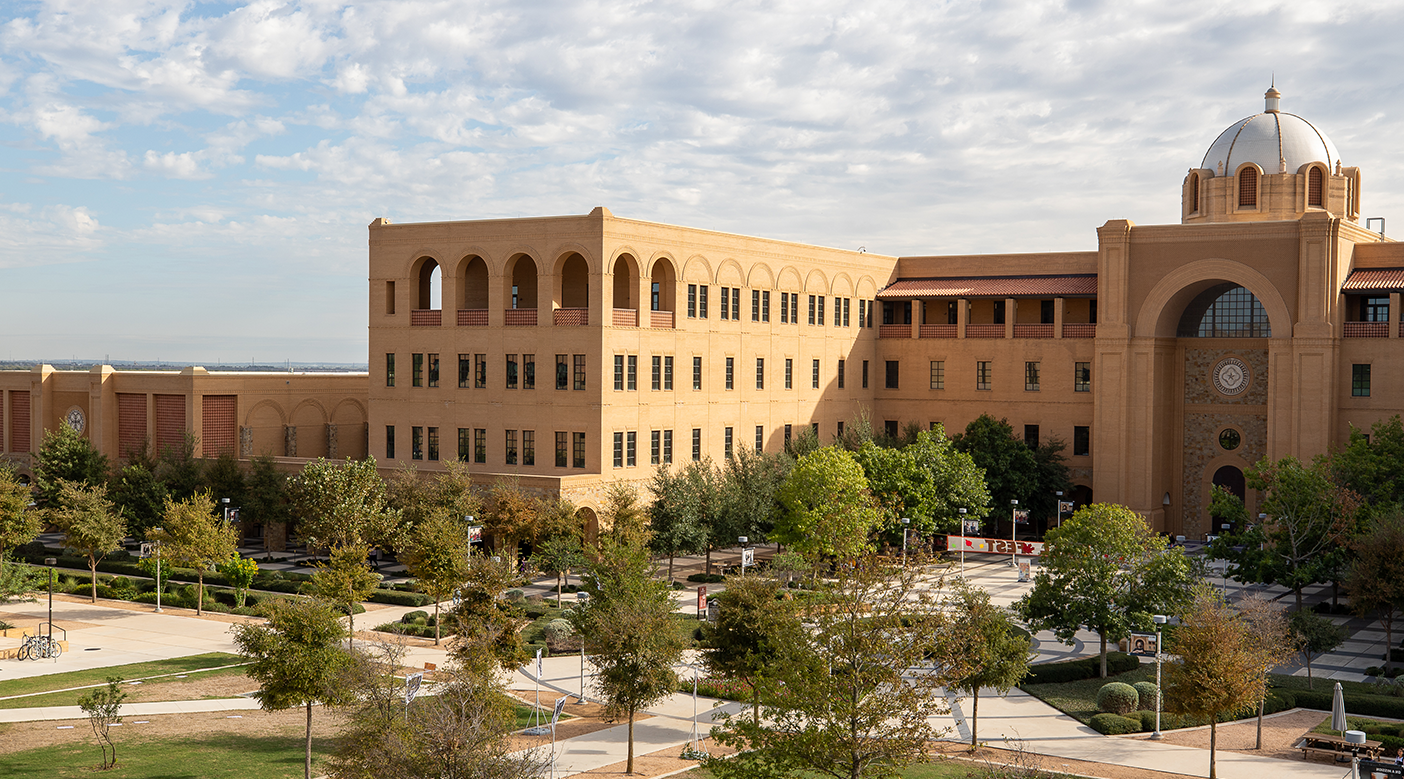About ABA
Applied Behavior Analysis (ABA) is a science of people’s learning and behavior and is used to help people achieve meaningful change in their lives. ABA involves teaching behaviors essential to functioning effectively in the home, school, and community. ABA can also decrease severe problem behaviors that endanger health and safety, and limit educational, residential, or vocational options.
Watch the video below to learn more about ABA.
Certification and Licensure in ABA
Behavior Analysts
The Behavior Analysis Certification Board (BACB) credentials practitioners who provide behavior analytic services in the United States and Canada. Practitioners with an approved doctoral degree, required coursework, and supervised experience who pass the exam are credentialed as Board Certified Behavior Analysts (BCBA-Ds). Practitioners with an approved master’s degree, required coursework, and supervised experience who pass the exam are credentialed as Board Certified Behavior Analysts (BCBA). The BACB defines BCBA-Ds and BCBAs as Behavior Analysts. Visit the BACB website to learn more about BCBAs.
Assistant Behavior Analysts
Practitioners with an approved bachelor’s degree, required coursework, and supervised experience who pass the exam are credentialed as Board Certified Assistant Behavior Analysts (BCaBA). The BACB defines BCaBAs as Assistant Behavior Analysts, and they are required to work under the supervision of a Behavior Analyst (BCBA/BCBA-D). Visit the BACB website to learn more about BCaBAs.
Licensure
To practice ABA in the State of Texas, BCBA-Ds, BCBAs, and BCaBAs must apply for a license through the TDLR. Visit the TDLR website to learn more about the licensure of behavior analysts in Texas.
Registered Behavior Technicians
Registered Behavior Technicians (RBTs) are paraprofessionals in ABA. RBTs are required to work under the supervision and direction of an RBT Supervisor (BCBA or BCaBA under the supervision of a BCBA). Visit the BACB website to learn more about RBTs.
Watch the video below to learn more about RBTs.
For more information contact:
Dr. Berenice de la Cruz, Ph.D., BCBA-D, LBA
Assistant Professor & Program Coordinator
Applied Behavior Analysis Program
Classroom Hall 214Q
Tel (210) 784-2407
Need for ABA Practitioners
The United States faces an increasing demand for Behavior Analysts. The United States Bureau of Labor Statistics (2020) projects an increase of 19% in employment of all professions in the field of Psychology, including Applied Behavior Analysis (ABA), across the country by the year 2024. The BACB (2020b) reports that demand for Behavior Analysts has increased each year since 2010; specifically, from 2010 to 2018, there was a 942% increase, and from 2017 to 2018 there was a 127% increase. While the demand for Behavior Analysts exists across the nation, Texas is the state with the third-highest demand. The states with the highest demand (in order from most to least: California, Massachusetts, Texas, Illinois, and Arizona) account for 53% of the demand for Behavior Analysts in the United States (BACB, 2020b).
ABA Subspecialties
ABA has various subspecialties. The ABA program at A&M-SA has a focus on Autism and Education as these are the highest areas of need. To learn more about the subspecialties, visit the BACB's Subspecialty Resources page.


